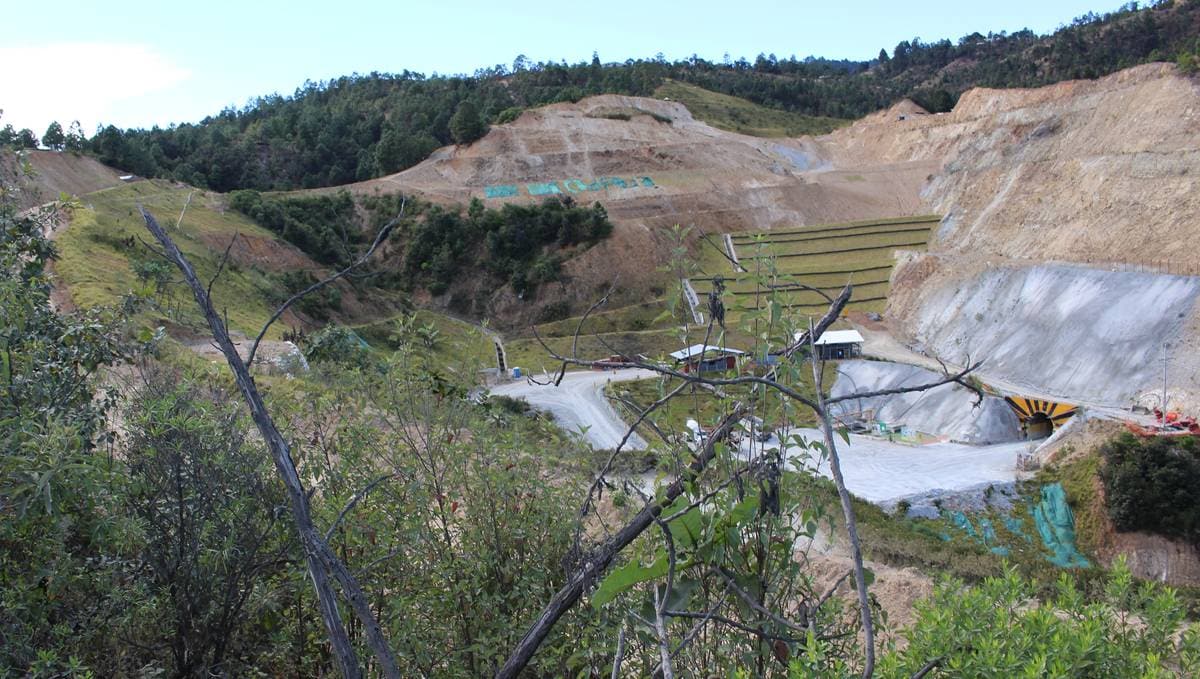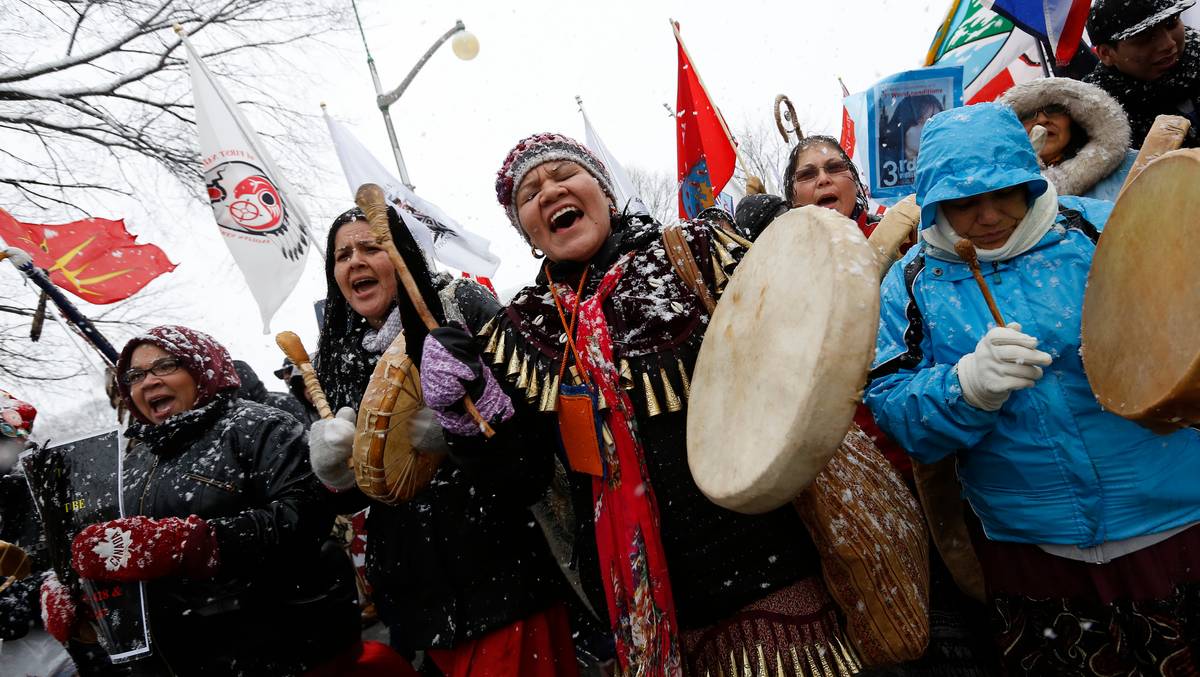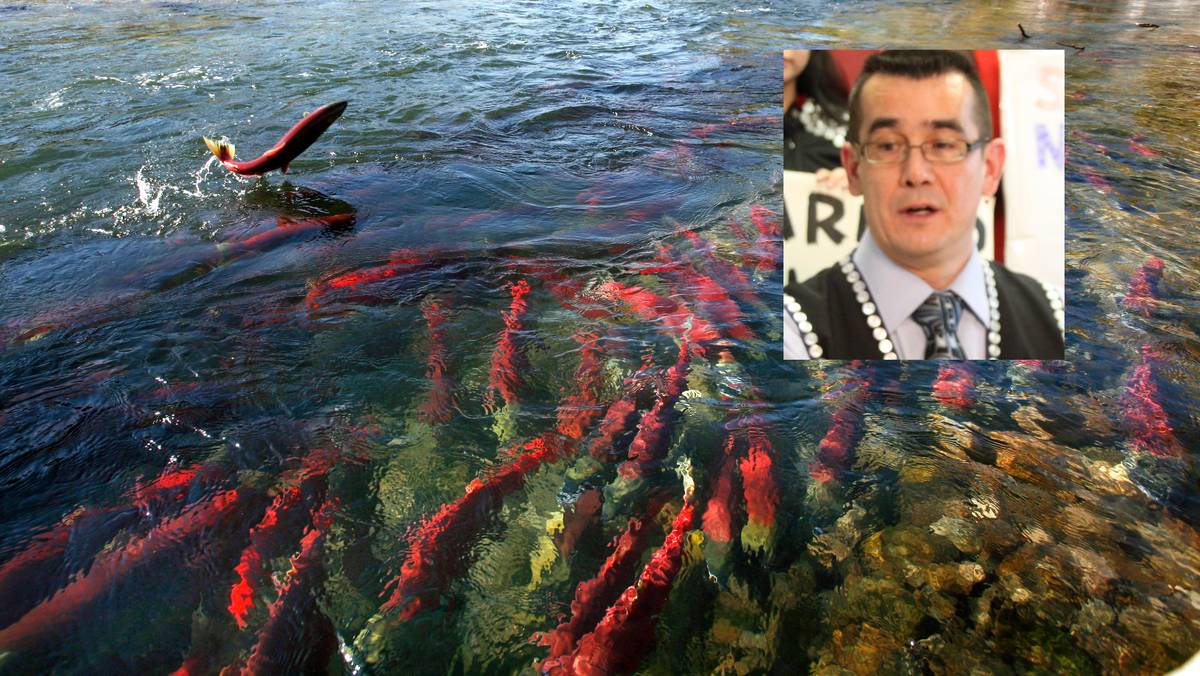Previous studies have concluded that the Arctic is warming between two and three times faster than the global average.
In a new study researchers in Norway and Finland used four sets of temperature data over several decades as a basis. The figures date back to 1979, when satellite data became available.
They concluded that the temperature in the Arctic has been rising by 0.75 degrees Celsius per decade, and that’s almost four times faster than in the rest of the globe.
THREATENING THE POLAR BEAR: If temperatures in the Arctic rise as much as scientists fear, it could threaten the future of the polar bear. According to the WWF, the polar bear population could drop by 30% by the middle of this century. Photo: Romas Dabrukas/AP/NTB
Even faster around Svalbard
The study, which was published Thursday in the journal Nature Communications Earth & Environment, shows that there are significant regional differences in the speed of warming north of the Arctic Circle.
In the regions around Svalbard and Novaya Semlja, the temperature has increased by up to 1.25 degrees per decade. This is seven times more than the world average.
This suggests that even the most accurate climate models are likely underestimating the Arctic’s warming rate. They estimate a warming less than about a third of what the observed temperatures show.
– It’s common in the literature that the Arctic is warming about twice as fast as the globe, so to me it was a bit surprising that our figure was so much higher, says co-author Antti Lipponen of the Finnish Meteorological Institute.
– Maybe the next step will be to look at the models. I’ll be very interested to see why models don’t replicate what we see in observations and what that means for future climate predictions, Lipponen says.
The worried climate minister
Climate and Environment Minister Espen Barth Eide (Ap) knows the conclusions of the climate report. He worries about what this means for the future in the North.
– These are dramatic figures. The study is another serious warning about how quickly climate change is happening, Eide said in an email to NTB.
CONCERNED: Environment and Climate Minister Espen Barth Eide is concerned about the findings of the new climate report by Norwegian and Finnish scientists. Photo: Annika Byrde/NTB
He himself was in Svalbard last week and was able to experience the weather changes up close.
– The ice is melting at record speed, the water is warming up, the permafrost is melting, life on land and in the sea is changing, says Eide and adds:
– Parts of Svalbard are changing from an Arctic climate to an Atlantic climate.
SVALBARD: The ice in the photo comes from glaciers that flow into Kongsfjorden at Ny-Ålesund in Svalbard. Photo: Archive photo: Are Føli / NTB
Strengthening effect
In 2019, the UN wrote in a special report that the Arctic was warming faster due to a process known as Arctic amplification.
This happens when snow and ice, which reflect sunlight, melt and flow into the ocean, which absorbs the same light.
In addition to a dramatic impact on local communities, nature and wildlife that depend on the sea ice for food, the rapid warming of the Arctic will have consequences for the whole world.
The Greenland Ice Sheet contains enough fresh water to raise the world’s sea level by about six meters.
– As the Arctic warms, glaciers will melt there, affecting sea levels around the world. Something is happening in the Arctic, and it affects us all, says Lipponen, who points out that climate change is man-made.

“Explorer. Food advocate. Analyst. Freelance bacon practitioner. Future teen idol. Proud pop culture expert.”









